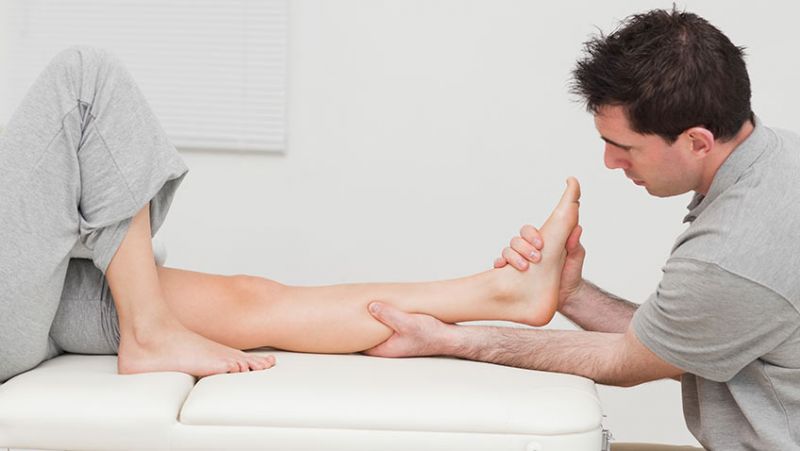Partner's ads
Osteopaths in Kilwinning
List of osteopaths in Kilwinning. Find a comprehensive selection of recommended osteopaths with detailed business profiles, services, and unbiased customer reviews. Get free quotes!
Can't find your business?
Adding a business to ChiropractorsOsteopaths.co.uk is free.Frequently Asked Questions and Answers
- Click here to navigate to the Login page.
- If you haven't yet registered, click here to navigate to the Registration page.
- Fill all required fields.
- After you have logged in, click on "Add Business.
- After you have clicked on "Add Business", you will be redirected to another page.
- You can now fill in the details for this Business.
- Click on the "Create" button.
- Your listing will now be "pending approval".
- One of our Administrators will review your listing and decide whether to Approve or Reject it.
We provide the following types of registration: subscription £9.95/per year, £35.95 one-time fee and free registration.
Free listings show up after all Premium listings. You can place your logo, images in the gallery, services, products - but without any links included. You will not be able to receive quotes from our visitors.
- Priority listing positioning for city, county, in the search results, and our home page.
- A website link on the listing page.
- Can add services with links included.
- Have access to all submitted free quotes from our visitors.
- Increase leads that you can follow up and generate sales from.
- Increase your online presence which, these days, is an indispensable commodity.
- Allow the thousands of potential customers who use the directory each month to find you.
